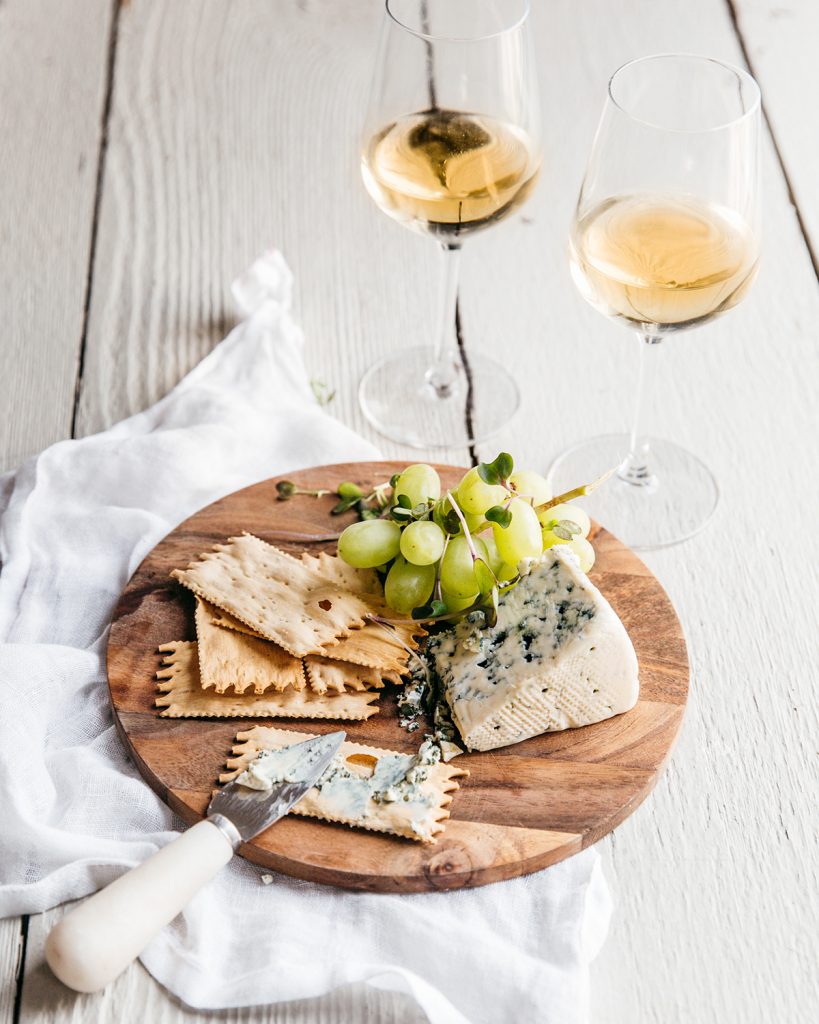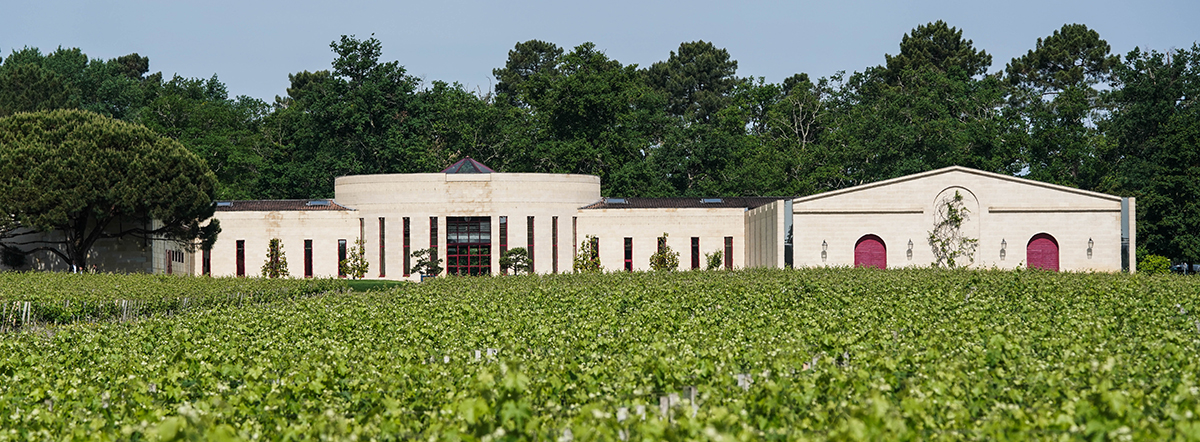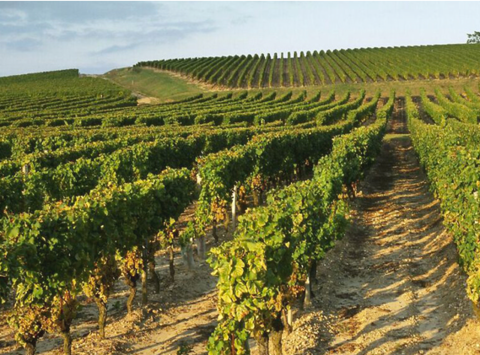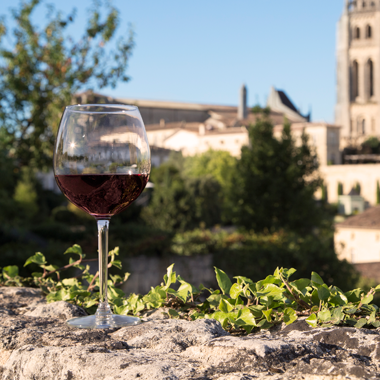Graves – Sauternes – the lesser known ‘left bank’
Graves – Sauternes is a very important winemaking area on the left bank on the Garonne River. The name represents the famous gravel soils on which the vines grow. Although the area is quite large it only produces around half of the volume of the Médoc. This is mainly due to the sweet styles of wine that have reduced yields. There are three types of Graves wine; red, dry whites and sweet wines known as Graves Supérieures. Within the large area of Graves, there are a number of smaller appellations including the World-renowned Pessac-Léognan, where Haut-Brion is located, the sweet wine appellation of Sauternes, Barsac and Cérons.
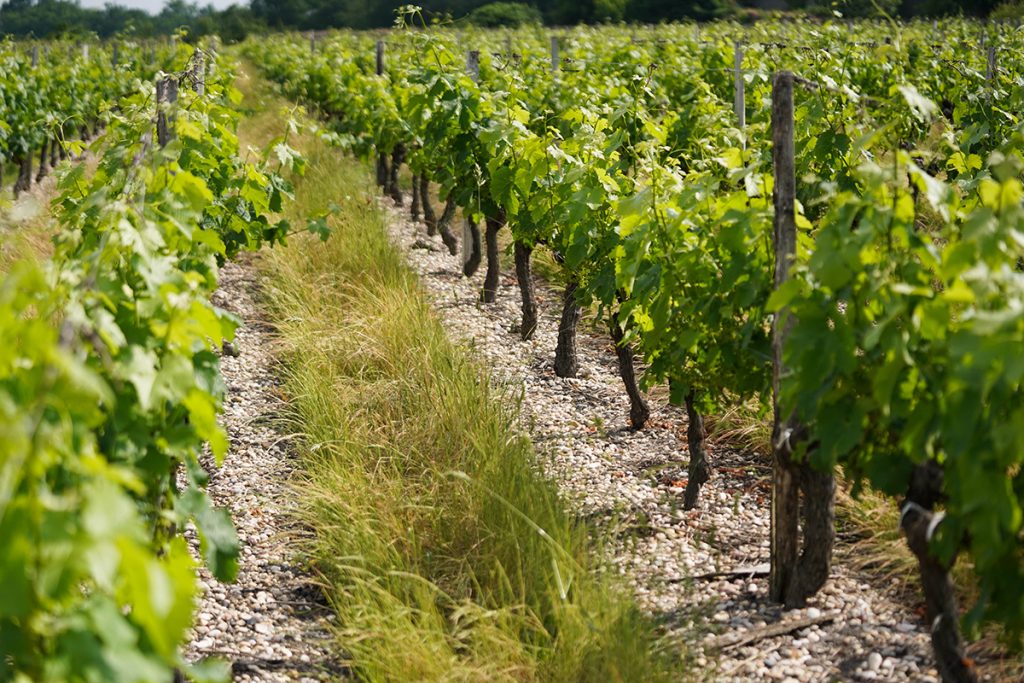
Graves has had an interesting history. The first vines are thought to have been planted over 2000 years ago, making it the oldest region of Bordeaux. Over the following millennia, the reputation grew and between the 16th and 18th century many of the beautiful châteaux were built. Like the rest of Bordeaux, the 20th century was less kind. Phylloxera and other diseases swept across the area severely damaging the vines. Now, Graves is an extraordinary area with exciting producers, beautiful buildings and a great range of wine styles.
The majority of the wine produced is red. These wines are made from the traditional Bordeaux grape varieties of Merlot, Cabernet Sauvignon and Cabernet Franc with a small proportion of Malbec or Petit Verdot added to the blend. Generally, the wines are more supple than the Médoc, with lower levels of tannin and a looser tannic grip. In Graves a higher amount of Merlot is added to the dominant Cabernet Sauvignon helping make the softer style of wine.
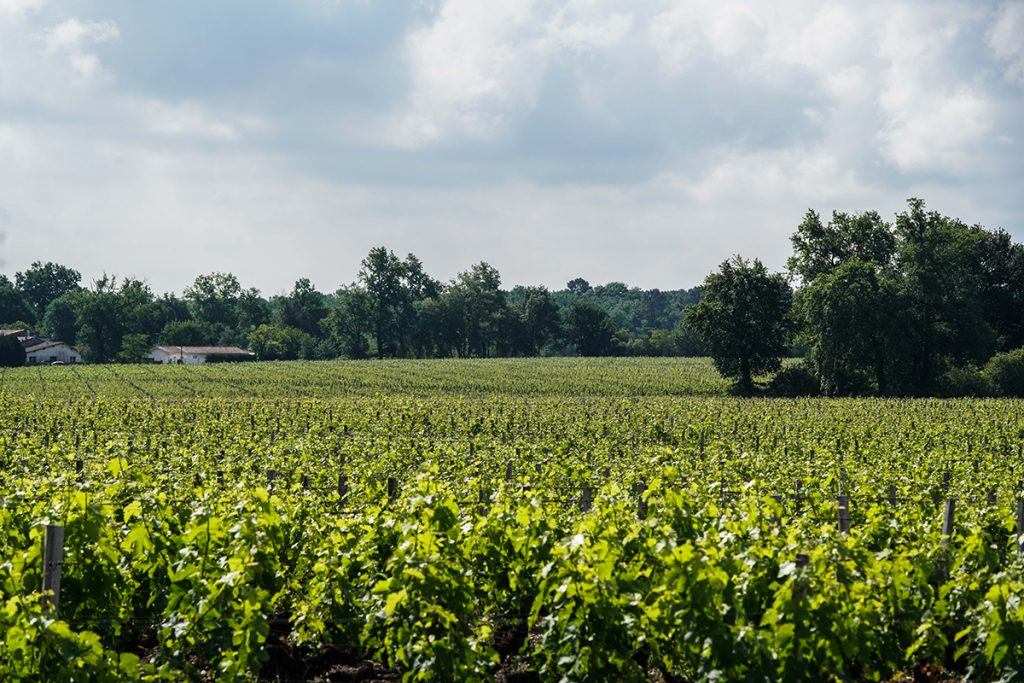
The wines are fruity and aromatic with flavours of plums, cherries and often blackcurrants. Oak barrel ageing is widely used adding more complex nutty, vanilla, cedar and chocolate notes. Many producers manage to highlight elegant floral, violet notes which really add to the style of wine. The best red wines have great ageing potential, – and most will continue to develop and peak after 5 years, however, there are many earlier drinking styles being produced which are at their best after 1-2 years.
The dry white wines are similar in style to the Entre-Deux-Mers and are made from the same two dominate grape varieties; Sauvignon Blanc and Sémillon. Two main styles are produced. The first and most common is light and floral with flavours of lemon, white blossom and nectarine. The second has a good ageing ability and almost always spends time in French oak barrels. These wines have more complex nutty aromas with a richer body and long developing finish.
Finally, the sweet wines are produced either from late harvest grapes or bunches affected by botrytis cinerea. Botrytis is a type of rot that causes the grapes to shrivel and turn brown. In many vineyards this is disastrous and is known as grey rot. However, in perfect conditions where damp, misty mornings turn into bright sunny afternoons, the phenomenon is known as ‘noble rot’, and the sugars within the berries concentrate and produce many of the worlds’ most loved sweet wines. The wines have pronounced flavours of marmalade, honey, sultanas and often a floral peach aroma.
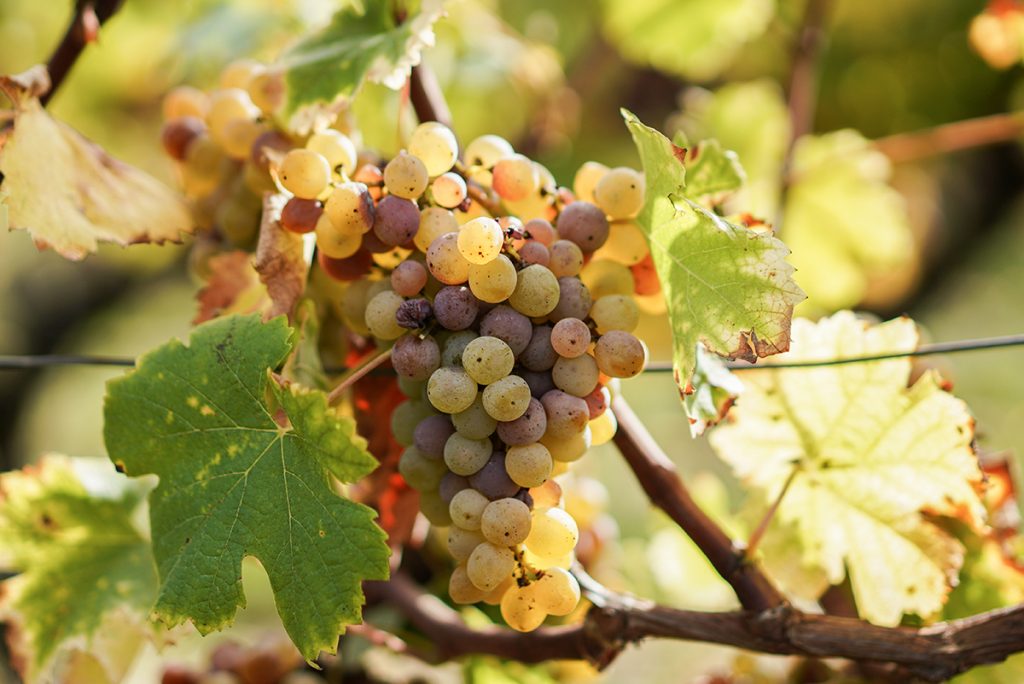
Food Pairings
The wines of Graves can pair perfectly with a three-course dinner party due to the range of styles.
The dry white wines are perfect to start a meal. My top choice would be a fresh but flavourful salad of roasted asparagus, walnuts, goats cheese and a light lemon and olive oil dressing. For added crunch add toasted rye bread croutons which will highlight the nutty, vanilla flavours if the wine has been oak aged.
The strong, bold red wines produced in Graves are very food friendly. The juicy fruit, floral aromas and oak character all lend themselves to a huge range of dishes. However, as it’s almost summer, my suggestion would be pork ribs in a sticky pomegranate molasses marinade and fresh greens. The richness of the wine can hold up to these strong flavours and the fruit in both the wine and the dish will compliment each other.
The general rule of pairing sweet wines is to never make them compete with sweeter food. When this happens the wine can become flat and dull and the overall pairing will become sickly. Salt is a great friend of sweet wines so a nice creamy Stilton or Roquefort cheese will be the perfect accompaniment.
